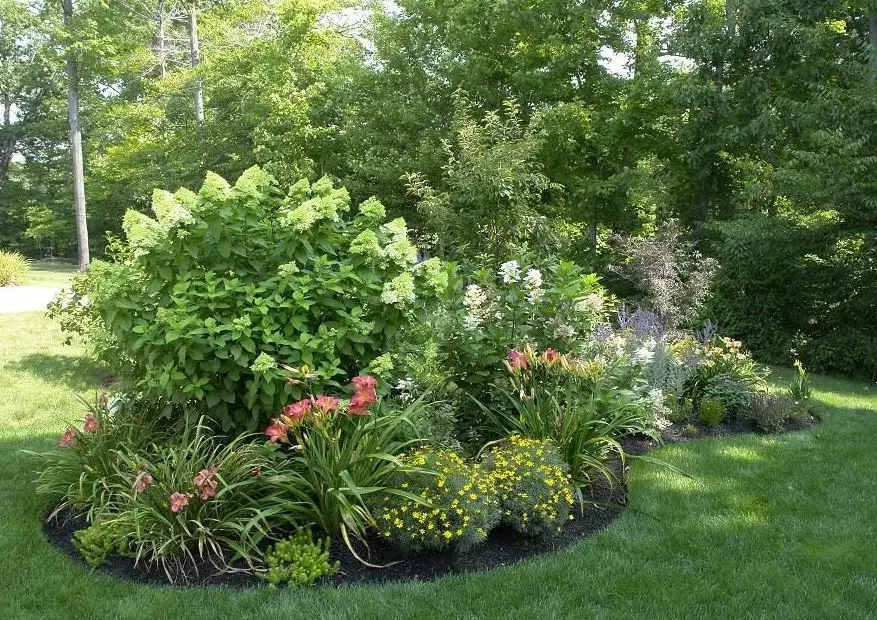For gardeners who care about the environment, using sustainable gardening methods is ideal, yet even the most responsible gardener may make errors in the yard. The bulk of landscaping’s detrimental consequences may be attributed to poor landscaping. Continue reading to find out the top three gardening mistakes to avoid if you want to reduce the environmental impact of your landscape.

About Bad Landscaping
The greatest landscaping not only makes your surroundings more attractive, but it’s also environmentally responsible, non-toxic, pollinator-friendly, and low-maintenance. It gives birds and pollinators the habitat they need. Unfortunately, too many of us need better landscaping in the world.
Bad landscaping may harm local animals, bring invasive species, taint water and soil, and cost gardeners money and effort.
The Top 3 Gardening Mistakes
Even the most skilled gardeners sometimes make blunders. The first three landscaping errors listed below are the most frequent and harmful.
1. Plant Selection
This is often a grave mistake in the landscape. Non-native plants may be chosen by owners, which might later pose a serious issue. However, not all non-native plants always assist native pollinators. Additionally, local fauna often lacks habitat due to these plants.
Non-native plants often need more upkeep, water, and fertilizer than native ones. Additionally, growers often fill the whole landscape with a few numbers of these non-native plants, which results in a lack of variety in the environment.
Growers often choose inappropriate plants for their USDA zone, plant them too deeply or in insufficient soil, or space them too widely or closely, in addition to a lack of variety or native species.
2. Irrigation
Another issue that is often either handled poorly or overlooked is this one. To prevent fungal infections, plants should be watered at the base of the plant, preferably using a drip irrigation system or soaker hose. This will help the plants and reduce the 30 to 50 percent watering waste sprinklers cause.
It is ideal for watering early in the morning so that wet foliage has time to dry off while the water can filter into the root system. To encourage deep root development, which calls for less frequent watering, plan to water deeply—roughly 6 to 8 inches or 15–20 cm before each irrigation.
Use a water gauge to assess the soil moisture at the root zone. Some plants may wilt in the intense daytime heat, but as long as the soil is wet, they will swiftly recover by morning.
Only water turf grass as necessary. When rainfall is scarce, several types of grass will become dormant yet quickly spring back to life.
Mulch around plants to help conserve moisture and keep roots cool. Use organically colored mulches that decompose to replenish the soil’s organic matter and nitrogen, which plants may subsequently absorb. Colored mulches may also contain harmful compounds and prevent plants from absorbing nitrogen.
Last, avoid wasting water by permitting sprinklers to spray on roadways or roads. At least once each season, inspect your sprinkler heads, and make any necessary adjustments.
3. Maintaining Plant Health
Another serious error many homeowners make is managing illnesses and pests with chemicals. These toxic pesticides harm beneficial insects and flow from man-made surfaces like roadways and roads into storm drains and rivers.
More effort is required when choosing an ecologically sustainable course of action, but it also helps preserve the earth. Hand plucks weeds instead of poisoning them.
To control pest infestations, you may manually remove bigger insects, utilize non-toxic alternatives like insecticidal soaps, or introduce natural predators like beneficial insects or microorganisms. A decent water spray, barriers, and traps are all effective techniques to reduce bug infestations. Another ecologically friendly pest control method is to keep garden areas clean of plant waste.
Healthy plants have a better chance of surviving illnesses and pests. Use a delayed-release fertilizer, such as compost, which will break down naturally and continuously feed the plant. Choose species resistant to or free from pests and diseases, often native plants.
When using native plants, try to use a variety of them, keep your water consumption under control, and employ non-toxic pest and disease management techniques to establish environmentally-friendly gardening practices. Ultimately, using the right plants and planting them in nutrient-rich, well-draining soil with the appropriate spacing and depth is the greatest strategy for creating a unified, ecologically friendly garden.

